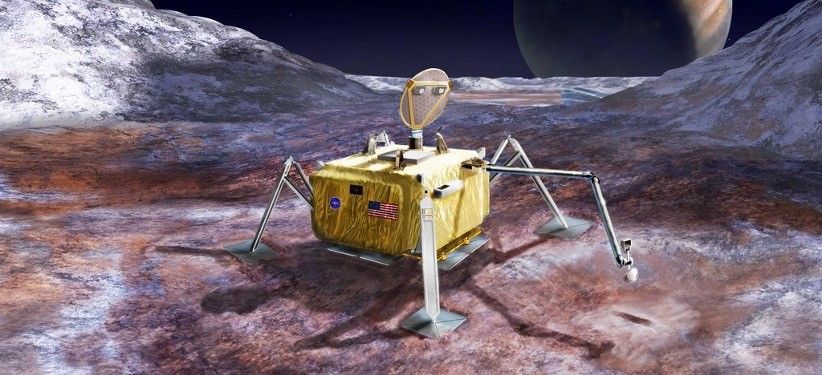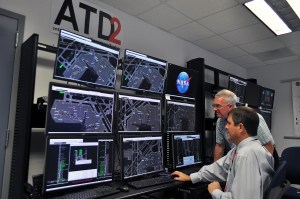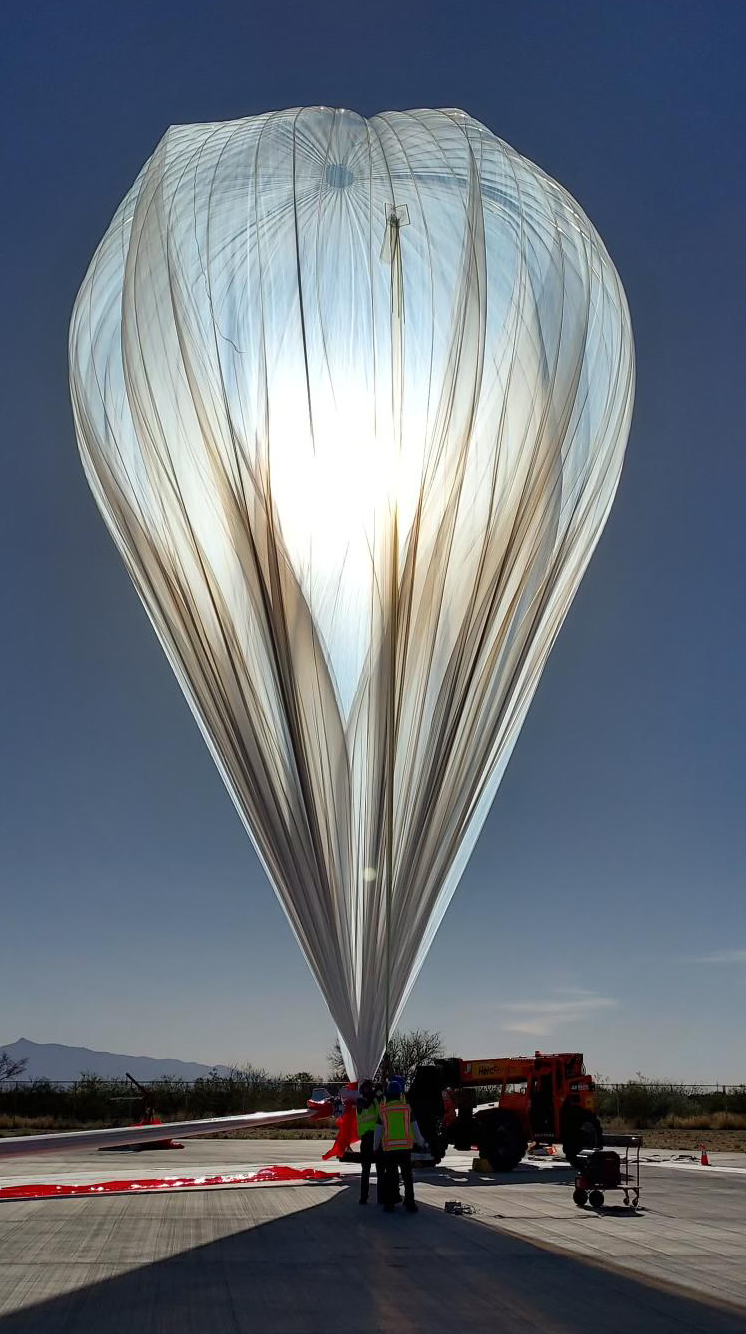After a 12-day stratospheric flight, winners of NASA’s first TechLeap Prize are now analyzing data from technologies that may improve autonomous observation capabilities for small spacecraft flying over Earth, the Moon, or other worlds. Their payloads were selected through the TechLeap Autonomous Observation Challenge No. 1, which asked teams to develop technologies to autonomously detect, locate, track, and collect data on short-lived events, such as wildfires, unique aerosol dispersions like dust and steam plumes, or events on other planetary bodies such as geysers on the icy moons of Saturn and Jupiter.
NASA’s Flight Opportunities program, managed at Armstrong Flight Research Center in Edwards, California, enabled three research teams to fly, fix issues, and fly again less than a year after their first individual flight tests. This second high-altitude balloon flight with all three payloads aboard cost-efficiently gave the teams a longer sensing and data collection opportunity. Those teams were the SEAK (Systems Engineering, Architecture, and Knowledge) Lab at Texas A&M University in College Station; Bronco Space at Cal Poly Pomona in California; and Orion Labs, a small applied robotic research institution in Nunn, Colorado.
This latest flight launched from Hurley, South Dakota, on May 24 on a high-altitude balloon from Sioux Falls-based Aerostar. The teams worked collaboratively while integrating their payloads for the flight, helping each other solve various technical issues prior to launch.
While the balloon was expected to hover over a specific area for several days, a storm carried it much farther south. Aerostar worked hard to bring the balloon back on track, but the teams were able to observe only some of their intended targets. However, the flight still achieved the goal of enabling researchers to collect long-term sensing data and experience a simulation of the environments in which their technologies may operate.
“The unpredictable flight path caused by the storm was challenging, but it’s part of the process,” said Danielle McCulloch, program manager of Flight Opportunities at NASA Armstrong. “Our program takes a ’fly-fix-fly’ approach, because risk taking is essential for rapid advancement of space technology. We’re pleased to see these researchers capitalize on iterative flight tests to address the needs of NASA and the nation.”
Focusing on Detection and Data
The SEAK Lab’s SNAP (Satellite for Natural and Artificial Plumes) technology uses visible and infrared imaging to automatically identify and classify aerosol plumes, such as fire and volcanic activity. Due to thermal issues and difficulties controlling camera exposure during the first flight in August 2022, the team was only partially successful in testing SNAP’s plume-tracking capability. However, that flight provided valuable information that enabled the team to overcome those issues and improve their systems. The identified improvements for SNAP’s cameras and onboard computing system were incorporated, tested in Aerostar’s thermal chamber, and further tested during this second flight.
“We have worked hard to correct the issues we discovered during the original flight and are thankful to Flight Opportunities for making this second flight possible,” said Ben Gorr, team member and Texas A&M graduate student. “Our hope is that this payload will pave the way for improved monitoring of aerosol plumes on a much finer spatial scale than was previously possible.”
Bronco Space’s wildfire detection system, called Bronco Ember, combines a short-wave infrared camera with artificial intelligence to provide potentially faster and more accurate aerial detection of wildfires. On this flight, the team tested refinements they made to the system’s detecting and tracking consistency identified based on data collected during their July 2022 flight test.
Orion Labs’ QEOBS (Quantum Earth Observatory) aims to demonstrate how quantum machine learning aboard a spacecraft can reduce data processing to the ground for a variety of Earth observation tasks, including the detection of atmospheric gravity waves. Atmospheric gravity waves are fluctuations in air that come from disturbances in the atmosphere, such as storms, or from terrain like hills and mountains that affect air flow. During their first flight, the team validated the system’s machine learning pipeline by detecting dams along the flight path. The team used the extended time of this second flight to test the detection of visual atmospheric gravity waves, train a new model, and process more data.
More TechLeap Flights to Come
NASA’s Flight Opportunities program established the TechLeap Prize to increase the pace of identifying and testing technologies that address pressing needs. This first TechLeap challenge was designed in cooperation with NASA’s Small Spacecraft Technology program at Ames Research Center in Silicon Valley. A second TechLeap Prize competition, the Nighttime Precision Landing Challenge No. 1, prompted the winning teams to develop sensing systems to detect terrain hazards in the dark, which could aid future space exploration on other worlds. Those winners’ technologies are expected to undergo flight testing in the coming months. Additional challenges are planned for the near future.
NASA TechLeap Prize challenges are supported by the NASA Tournament Lab. For details, visit https://www.NASATechLeap.org/
By Lee Ann Obringer
NASA’s Flight Opportunities Program


































